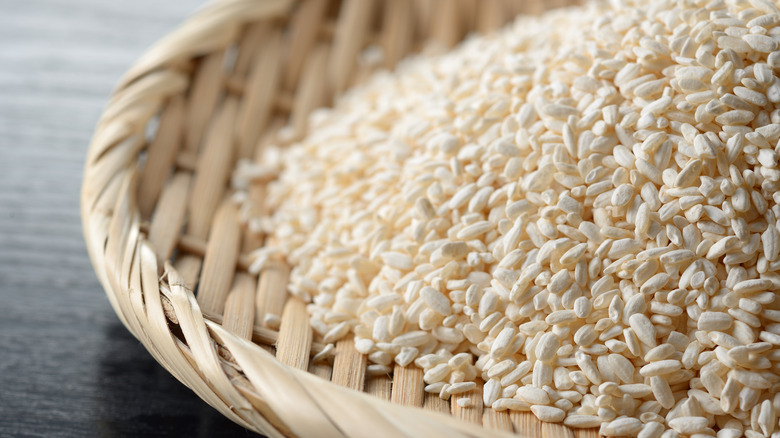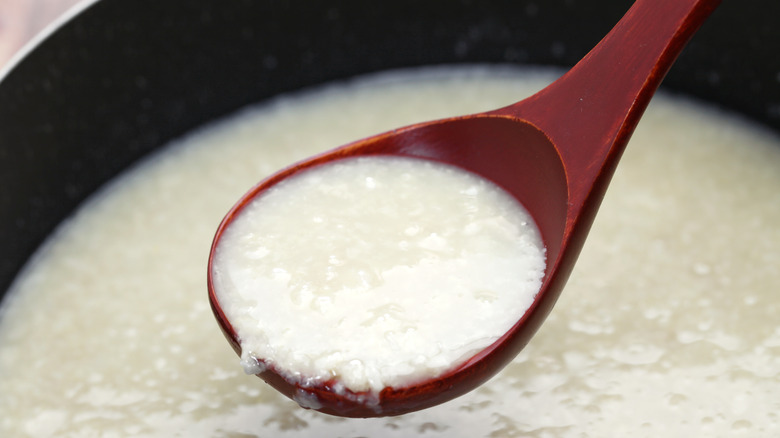Elevate Your Home Cooking With Japanese Fermented Rice
From sourdough bread to yogurt, many of our most beloved foods feature live cultures. They all have the addictive, intense flavor often referred to as the fifth taste or umami.
Japanese are the true masters of fermentation, but there's a little secret to how they make their household staples like soy sauce, mirin, or miso: they do that with a help of an interesting mold, Aspergillus oryzae, better known as koji. It's a type of fungus that grows on grains such as rice, barley, or soybeans. Koji originally came to Japan from China, but it has since become so important that it was named the national fungus of Japan in 2006.
Noma, a restaurant in Denmark is best known for its unique menu centered around fermented ingredients. Noma has been named the world's best restaurant four times and has become a global voice in bringing koji to tables in Europe and the rest of the world. In their book, "The Noma Guide to Fermentation," they share their obsession with the Japanese mold and encourage home cooks to experiment with this unique and powerful ingredient — it can easily become your new kitchen asset.
How to easily make rice koji at home
Making koji at home may seem intimidating at first, but we encourage you to overcome the fear because the results will be worth it. When you're working with koji, it's very important to remember that it is a living fungus and needs favorable conditions to thrive. The key is to arm yourself with patience and the right tools for the job.
The traditional method of preparing rice koji requires you to steam the rice and inoculate it with koji spores. Once the rice is steamed, it should be cooled, dusted with koji spores, and then placed in the incubator for a couple of days. Unless you already own an incubator (for growing mushrooms) or plan to build your own, this part might get a little tricky: The growing koji needs to be kept at a temperature of 86 degrees Fahrenheit and 70-75% humidity, as well as to have enough oxygen to breathe. Fortunately, there is an easier way to enjoy koji at home.
If you're just dipping your toes in the world of fermentation, it may be wise to use a dried koji rice starter instead. Dried koji has already been propagated on rice and then dehydrated. It's super easy to use: All you have to do is pour lukewarm water over it and let it sit for a few hours to activate.
Creative ways to use fermented koji in your kitchen
Whether you use dried or fresh koji, its wonderful sweet fruitiness and umami richness can transform your dishes in so many ways. Because of its ability to break down protein, koji is an excellent addition to meat marinades, usually in the form of koji salt (or shio koji). To make your own koji salt, mix it with water and salt and let it ferment at room temperature for seven days. Use it on pan-seared pork chops or an oven-baked chicken breast just like any other marinade: rub it on the meat and wait for the magic to happen. One thing to keep in mind when cooking with koji is it tends to caramelize quite fast so removing the excess koji from the meat before grilling will result in a less burnt coating.
Cooked sauces or salad dressings are another way to take advantage of koji's unique sweetness, but that's not all. We suggest you experiment with making shoyu (soy sauce) or miso, or you could try making the refreshing Japanese rice drink amazake. Give it a try and you'll be surprised how much more fun koji can bring to your cooking.


